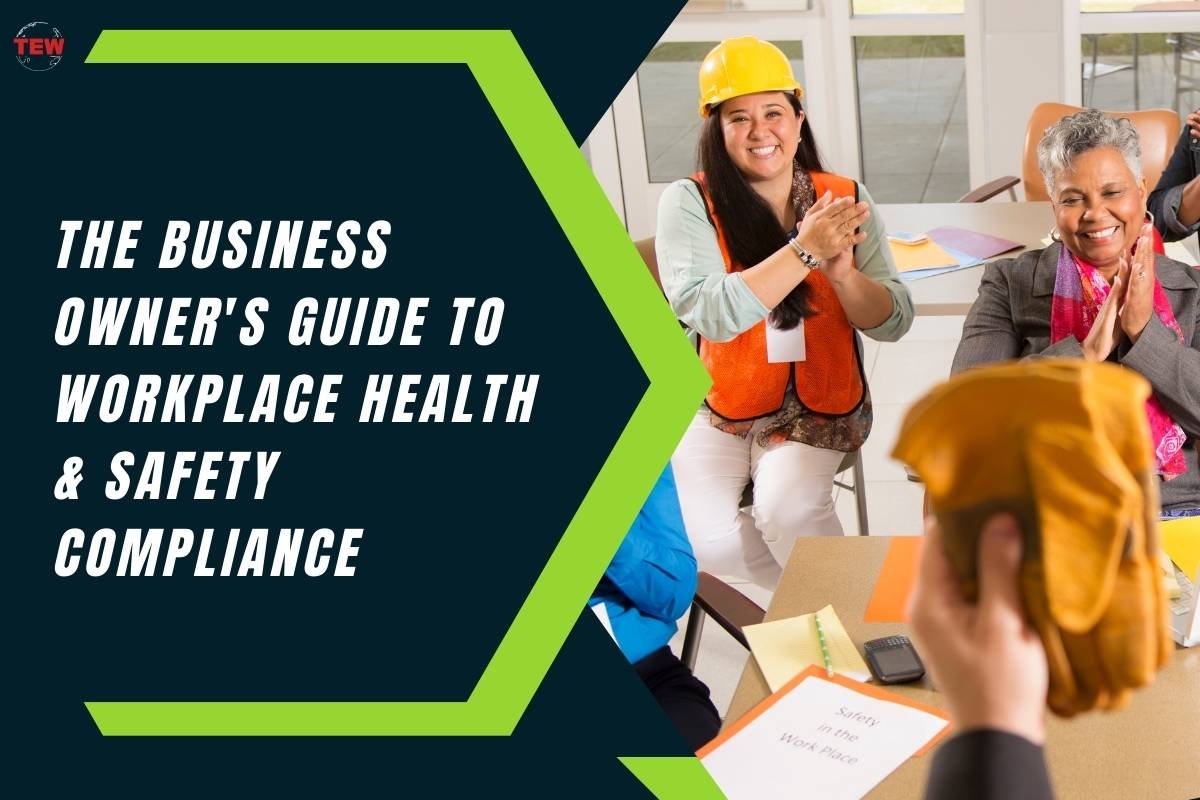With the continuing adoption of new technologies and equipment in all industries, workplace safety has truly never been more important. Not only do employers have a duty of care to keep their staff, clients and customers safe, but there are more threats in the workplace than ever that can cause harm or even death. For business owners, navigating this landscape naturally requires consideration of OH&S and other health and safety standards – like ISO 45001 certification, for instance.
This guide aims to provide an overview of workplace health and safety compliance requirements you may need to attain for your business, focusing on key regulations, the importance of safety certification, and practical steps for implementation.
Understanding workplace health & safety legislation

Workplace health & safety legislation is enforced at both the federal and state levels in most countries, creating a framework that requires employers to take proactive measures to ensure the health and safety of their workers. Australian WHS legislation is a good example here, with a strong and universal definition of ‘Safe Work Premises’. The primary legislation is the Model Work Health and Safety Act, which has been adopted by most states and territories. This Act mandates that businesses provide:
Safe Work Premises
Every worker should have a realistic expectation to be kept free from harm in the workplace. While their personal accountability and decision making plays a role in workplace health and safety, it is the business owner’s duty to provide a safe environment where workers aren’t exposed to hazards that could cause slips, falls or other injuries.
Safe Machinery and Materials
One vital component of making your workplace a safe environment for your staff is simply providing signage and adequate training (as well as enforcing employee licensing requirements) to ensure the safe operation and handling of industrial machinery and related equipment or materials. Industrial machinery can cause catastrophic injuries and fatalities if they fail or are not used correctly.
A key thing to remember here is that machinery should not only meet industry standards and only be operated by trained staff under the correct supervision, but that ongoing maintenance is vital to prevent accidents that could have been avoided.
Proper Training and Supervision

Maintaining a strong organisational hierarchy with plenty of support structures for staff can also be vital to your workplace health and safety ratings. All of your employees can benefit from receiving a clearly defined scope for their respective roles, understanding precisely what their responsibilities are and how they can play their part in upholding the operational efficiency of your workplace.
A straightforward hierarchy and clearly identifiable supervisors also ensures that nobody’s doing work they’re not trained or certified for. This model is also best supported with routine training sessions where department workers can have the opportunity to engage with training materials collaboratively as well as with their department heads. Training sessions need to touch on everything about staying safe at work, like how to properly use machines, spot dangers, handle emergencies, and wear the right protective gear. As these training sessions also provide employees with the opportunity to discuss materials with their department heads, they can also be regarded as an investment in interpersonal relationships in the workplace and generally boosting employee morale.
Suitable Working Environments and Facilities
Creating suitable working environments and facilities is about more than just compliance; it’s about ensuring that employees have a comfortable, healthy place to work. This includes providing adequate space, suitable temperature control, clean restrooms, and access to drinking water.
Business owners can determine what facilities and amenities their staff need the most by scheduling routine team meetings to pitch and discuss potential workplace improvements in more detail. If your workplace maintains rotating rosters and it’s unlikely that you can gather your full staff roster for routine meetings, then one-on-one meetings or even initiatives like suggestion boxes can also help provide business owners with greater direction here.
The Role of ISO 45001 Certification:
Consider this certification your bible when it comes to workplace safety. It is a global standard that is used for OHS management across all industries, giving you the framework to improve employee safety, reduce workplace risks, and create better, safer working conditions. For businesses, obtaining ISO 45001 certification demonstrates a commitment to exceeding basic legal obligations by implementing a comprehensive system to manage health and safety risks.
Key benefits of ISO 45001 certification include:
- An improved ability to identify and manage all of the health and safety risks that exist in your workplace
- Constantly improving this identification and management process to locate new and emerging risks in the workplace
- Reduced sick days as a result of injury, which results in greater productivity
- Improved legal and regulatory compliance and knowledge of the latest updates
- Increased awareness and commitment to health and safety at all levels
Implementing ISO 45001 can help businesses align with workplace health & safety laws more effectively by integrating OH&S management into the overall business processes, rather than treating it as an add-on or compliance requirement.
Steps Towards Compliance and Certification

- Conduct gap analyses – assess current health and safety practices against ISO 45001 requirements to identify areas for improvement.
- Develop a plan for obtaining certification – create an action plan to address gaps, assigning responsibilities and setting deadlines for completion.
- Train your employees in accordance with certification requirements – ensure that all workers are aware of their health and safety responsibilities, and provide training on new procedures as necessary.
- Implement your ISO 45001 workplace health and safety system – put the OH&S management system into practice, integrating it with existing business processes where possible.
- Commit your workplace to making continuous improvements – the best OH&S systems aren’t static, but dynamic. Regularly reviewing and updating your devised systems to address changes in legislation, industry standards, and business operations, will help ensure that your workplace maintains strong OH&S practices in the long term.
Navigating the Compliance Journey
The important thing to remember is that workplace health & safety laws and ISO 45001 certification are not a set and forget process. They are constantly changing and evolving to meet new risks and hazards so ongoing education and training is crucial.
To be successful in keeping your workplace safe, you need to stay informed and be aware of any changes to workplace health & safety legislations and standards that may impact your business. If there has been a fatality in your industry, you can expect a review and changes to current OHS laws.
Educating and training your workforce is crucial, but you don’t want this to be a boring process or for workers to feel under duress during these training sessions. Engaging them and creating a culture of safety is essential, so involve workers in the process by giving them positions where they can make decisions and create positive change.
And finally, you don’t have to do this on your own. The WHS and OHS spaces are legal minefields and a simple slip up can result in devastating consequences. Consult with workplace health & safety professionals and legal advisors to ensure your policies and procedures are up-to-date and effective.




